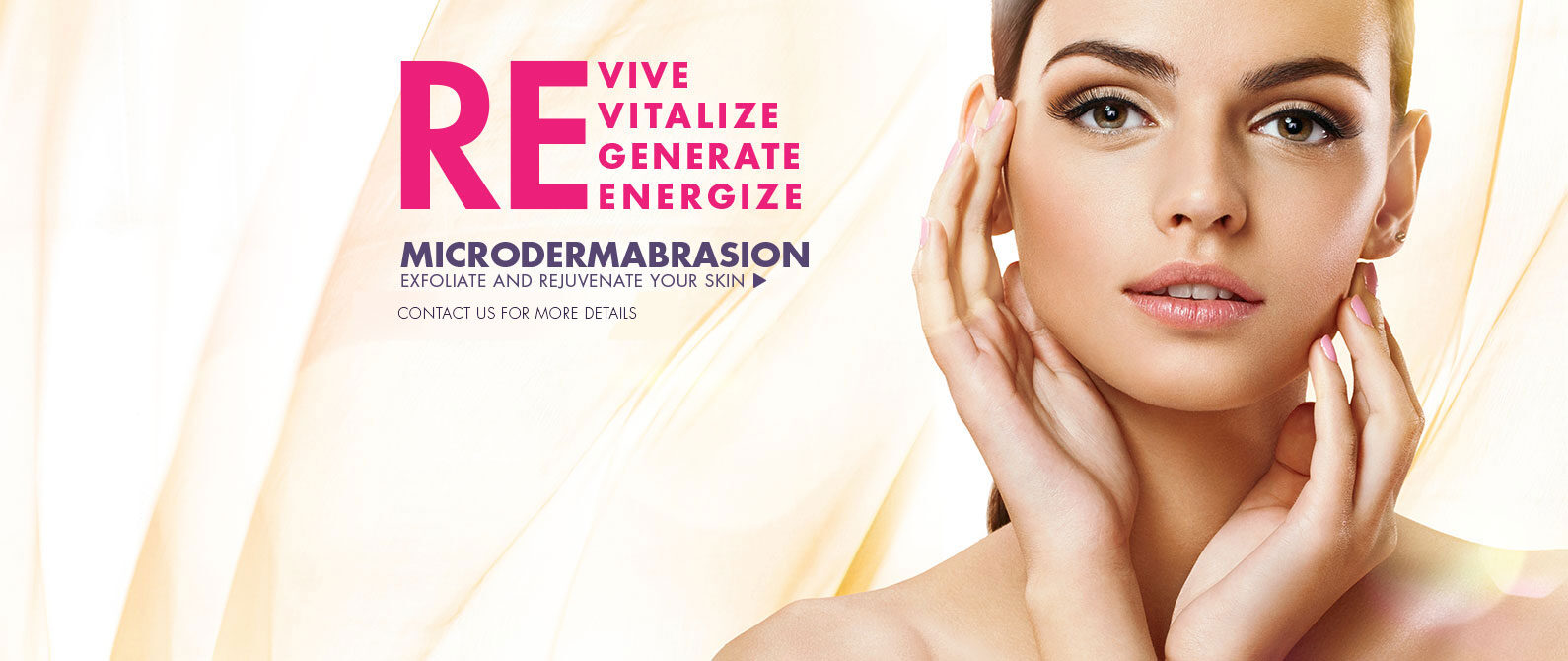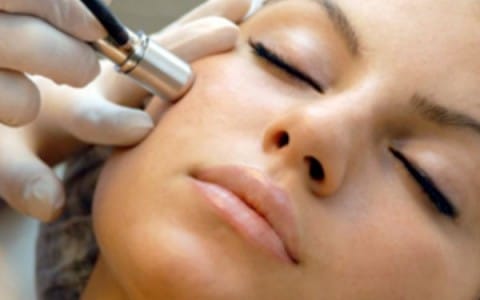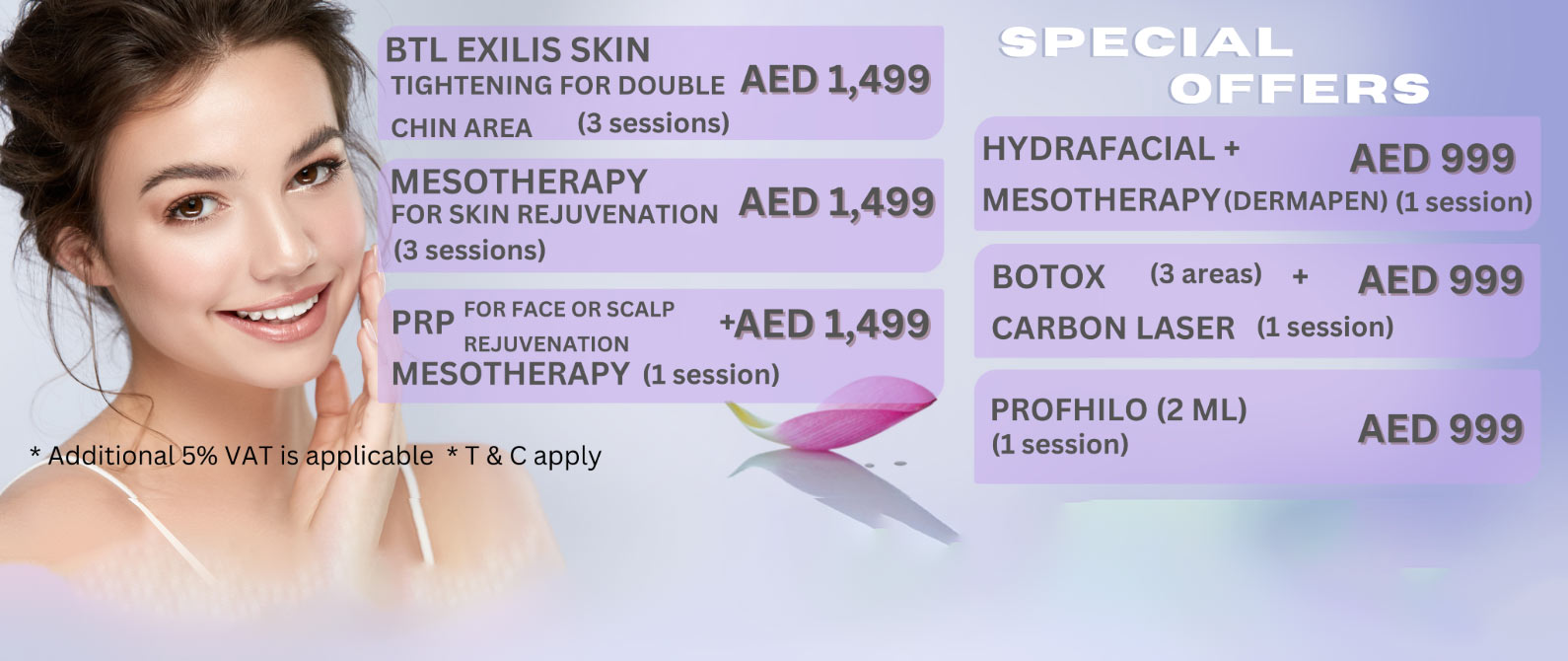Generally, softer and smoother skin that feels fresher and more rejuvenated is the expected outcome after microdermabrasion. Before starting the microdermabrasion treatment, eye protection such as eye pads or goggles may be placed. Often the skin may be prepared and cleaned of makeup and oils. Yet, no topical or local anesthetic is required. The skin will be stretched to provide some tension in order to achieve the most effective abrasion and vacuum. The hand piece is moved over the skin with repeated single, smooth passes. Usually, two to four passes per area are sufficient.
Mild pinkness of the skin is the desired outcome and usually resolves within minutes to hours after microdermabrasion. In addition, mild exfoliation of skin may occur as well. Continuously apply moisturizer or ointment if exfoliation occurs. Patients may also experience mild sunburn-like sensation for a few days. Moreover, liberal application of sunscreen is recommended as photosensitivity may be increased after treatment.
Microdermabrasion may help stimulate the production of collagen, thereby helping skin rejuvenation. As age spots from photoaging and fine lines are diminished, the skin may become softer and smoother. The results are fairly modest, however. During the procedure you may feel a mild scratching, vibrating sensation and suction as the procedure removes the superficial skin cells and lift off the dead skin. In general any discomfort experienced as part of microdermabrasion is usually short-lived. Your skin will be more sensitive to sun exposure. Be sure to use sunscreen, especially immediately following a microdermabrasion session.











